Are you ready to take your fitness and outdoor adventures to the next level? As a fitness enthusiast and tech-savvy individual, I’ve tried my fair share of wearable devices, from the sleek and stylish Apple Watch to the rugged and feature-packed Garmin trackers. And let me tell you, after extensive testing and real-world use, Garmin has consistently come out on top for me.
In this blog post, I’ll be sharing the top 10 reasons why I’ve fallen head over heels for Garmin trackers and why I think they’re the superior choice for anyone looking to take their fitness and outdoor adventures to the next level. From precision tracking to unbeatable battery life, specialized features for every sport, and a community that will keep you motivated and inspired, Garmin has it all.
Whether you’re a seasoned athlete looking to optimize your training, a weekend warrior who loves hitting the trails, or simply someone who wants a reliable and user-friendly device to help you stay on top of your health and wellness goals, this post is for you. I’ll be breaking down each reason in detail, complete with personal anecdotes and real-world examples to illustrate why Garmin is the clear winner in my book.
So, buckle up and get ready to discover the magic of Garmin as we dive into the top 10 reasons why I’ll never go back to Apple Watch. Trust me, by the end of this post, you’ll be itching to strap on a Garmin and start your fitness journey in style.
When it comes to training capabilities, not all Garmin watches are created equal, but the most of them provide a very useful collection of tools to help you increase your fitness gradually.
Why I Stick with a Garmin Trackers Over an Apple Watch
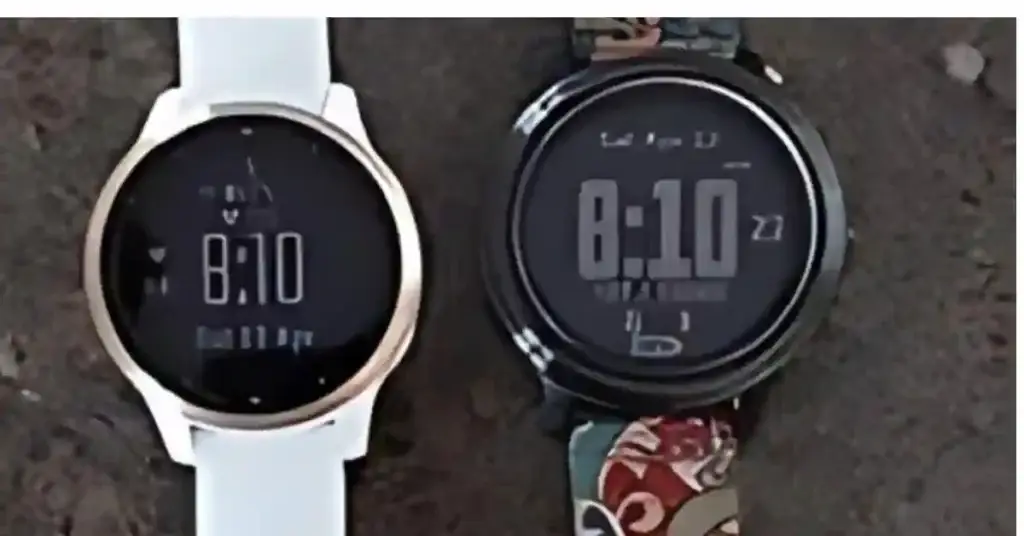
As an avid fitness enthusiast and data geek, I’ve tried my fair share of fitness trackers and smartwatches over the years. From basic pedometers to high-end GPS watches, I’ve worn them all. But for the past several years, I’ve been loyal to one brand above all others: Garmin.
Now, I know what you’re thinking – how can I possibly choose a Garmin over the mighty Apple Watch? After all, the Apple Watch is sleek, stylish, and packed with features. It’s the smartwatch that started it all and has only gotten better with each iteration.
But for me, the choice is clear. When it comes to fitness tracking and outdoor sports, Garmin is simply unmatched. Here are 10 reasons why I stick with a Garmin tracker over an Apple Watch:
1. Precision in Tracking

One of the primary reasons I choose Garmin over Apple Watch is the precision in tracking. Garmin devices are renowned for their accuracy in tracking various metrics such as distance, pace, heart rate, and even sleep patterns. The advanced sensors and algorithms used by Garmin ensure that I can rely on the data provided by my tracker for a more accurate assessment of my fitness progress.
In comparison, while the Apple Watch also offers tracking features, I have found Garmin to be more consistent and reliable, especially during intense workouts or outdoor activities. As one Garmin user raves, “The precision of my Garmin tracker is unmatched. I can trust the data it provides to optimize my training and reach my goals.”
Garmin’s precision in tracking is attributed to its advanced sensors, which include GPS, GLONASS, and Galileo, allowing for more accurate location tracking and distance measurement. Additionally, Garmin’s proprietary algorithms, such as its proprietary “Grit” and “Flow” metrics, provide a more comprehensive understanding of my performance and progress. These metrics take into account various factors such as heart rate, pace, and cadence to provide a more accurate assessment of my fitness level.garmin
Furthermore, Garmin’s tracking features are designed to cater to specific sports and activities, such as cycling, swimming, and running. Each mode is tailored to provide precise data and insights tailored to the specific demands of each sport.
As a dedicated runner, I appreciate the advanced metrics provided by Garmin’s running mode, which include cadence, stride length, and ground contact time. As one runner notes, “Garmin’s running mode has been a game-changer for me. The insights it provides have helped me improve my form and speed.”
In contrast, Apple Watch’s tracking features are more general and do not offer the same level of precision and customization as Garmin. While the Apple Watch can track various activities, it lacks the advanced sensors and algorithms that Garmin uses to provide accurate data. Additionally, Apple Watch’s tracking features are not as comprehensive, failing to provide detailed insights into specific sports and activities.
2. Battery Life
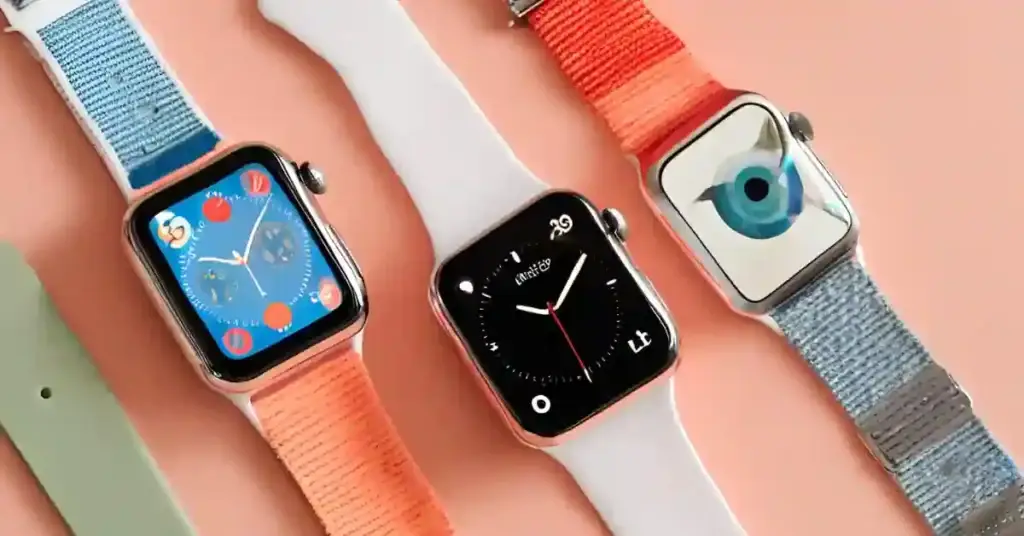
Garmin trackers are known for their exceptional battery life, lasting several days or even weeks on a single charge, depending on the model and usage. This extended battery life is a game-changer for me, as I can focus on my activities without constantly worrying about charging my device.
On the other hand, Apple Watch typically requires daily charging, which can be inconvenient, especially during travel or outdoor adventures where access to charging points may be limited. As one Garmin user notes, “The battery life of my Garmin Watch is a lifesaver. I can go on multi-day hikes without worrying about running out of juice.”
Garmin’s extended battery life is attributed to its power-efficient design and advanced power management features. The company’s devices are designed to consume minimal power while still providing accurate tracking and performance data. Additionally, Garmin’s devices often feature power-saving modes that can extend battery life even further.
In contrast, Apple Watch’s battery life is limited by its constant need to connect to the internet and update its software. This constant connectivity requires more power, resulting in shorter battery life. Furthermore, Apple Watch’s features, such as its always-on display and constant notifications, also contribute to its shorter battery life.
3. Specialized Sports Features
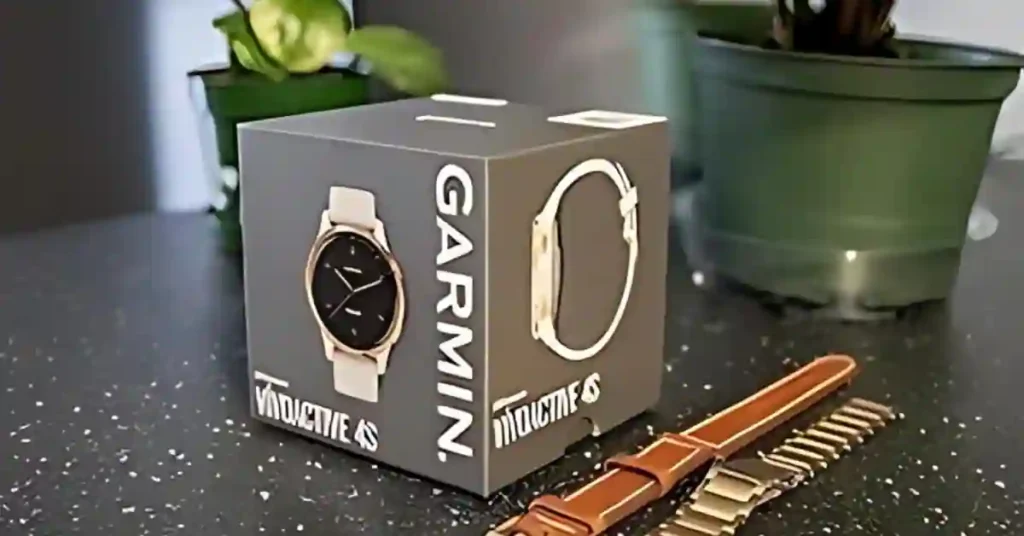
For those who engage in specific sports or activities, Garmin watches offer specialized features tailored to different disciplines. Whether it’s running, cycling, swimming, or even golfing, Garmin provides dedicated modes and metrics to enhance performance and track progress accurately.
While the Apple Watch covers a wide range of activities, I find Garmin’s sport-specific features to be more comprehensive and beneficial for my training needs. As one triathlete shares, “Garmin’s specialized modes for swimming, cycling, and running have been invaluable for my training. The insights they provide are unmatched.”
Garmin’s specialized sports features are designed to cater to the specific demands of each sport. For instance, the company’s running mode includes features such as cadence, stride length, and ground contact time, which are essential for optimizing running performance. Similarly, Garmin’s cycling mode includes features such as power meter integration and advanced cadence tracking, which are critical for optimizing cycling performance.
In contrast, Apple Watch’s sports features are more general and do not offer the same level of customization and specialization as Garmin. While the Apple Watch can track various activities, it lacks the advanced sensors and algorithms that Garmin uses to provide accurate data and insights tailored to specific sports and activities.
4. Durability and Build Quality
Garmin trackers are built to withstand the rigors of an active lifestyle. With rugged designs and durable materials, Garmin devices can handle rough conditions, water exposure, and impact better than the sleeker, more delicate Apple Watch.
This durability gives me peace of mind, knowing that my tracker can keep up with my adventures without needing extra protection or frequent maintenance. As one adventurer exclaims, “My Garmin smartwatch has been through it all – from rock climbing to kayaking – and it just keeps going strong. The durability is unreal!”
Garmin’s durability is attributed to its use of high-quality materials and advanced manufacturing processes. The company’s devices are designed to withstand exposure to water, dust, and other environmental factors, ensuring that they can function reliably in a variety of conditions.
In contrast, the Apple Watch is more prone to damage and requires more frequent maintenance. Its sleek design and delicate materials make it more susceptible to scratches, cracks, and other forms of damage. Additionally, Apple Watch’s constant need to connect to the internet and update its software can make it more vulnerable to hacking and other security risks.
5. Customization and Personalization
Garmin offers a high level of customization and personalization options, allowing me to tailor my device to suit my preferences and needs. From customizable watch faces to data fields and widgets, I can create a personalized experience that enhances usability and reflects my style.
While Apple Watch also offers some customization features, I find Garmin’s options to be more extensive and flexible, catering to a wider range of user preferences. As one Garmin enthusiast shares, “The customization options on my Garmin smartwatch are endless. I can create a watch face that’s tailored to my specific needs and preferences.”
Garmin’s customization options are designed to cater to the specific needs of each user. For instance, the company’s “Custom Watch Face” feature allows me to create a watch face that is tailored to my specific fitness goals and preferences. This feature includes a range of customizable elements, such as data fields, widgets, and graphics, which can be arranged to suit my needs.
In contrast, Apple Watch’s customization options are more limited and do not offer the same level of flexibility and personalization as Garmin. While the Apple Watch allows me to change the watch face and add some customization elements, it lacks the advanced customization options that Garmin offers.
6. Offline Mapping and Navigation
One standout feature of Garmin watches are their offline mapping and navigation capabilities. Whether I’m exploring new trails or traveling to unfamiliar locations, having access to detailed maps and navigation guidance directly on my wrist is incredibly useful.
While Apple Watch offers navigation features, Garmin’s offline maps provide a more reliable and comprehensive solution, especially in remote areas with limited connectivity. As one outdoor enthusiast raves, “Garmin’s offline maps have been a lifesaver on countless adventures. I can navigate through unfamiliar terrain with confidence, knowing that my tracker has my back.”
Garmin’s offline mapping and navigation features are designed to cater to the specific needs of outdoor enthusiasts and travelers. The company’s maps are highly detailed and include features such as topographic data, trail networks, and points of interest. Additionally, Garmin’s navigation features include advanced routing algorithms that can provide turn-by-turn directions and real-time traffic updates.
In contrast, Apple Watch’s navigation features are more limited and do not offer the same level of offline mapping and navigation capabilities as Garmin. While the Apple Watch can provide general directions and maps, it lacks the advanced features and detailed maps that Garmin offers.
7. Health and Wellness Insights
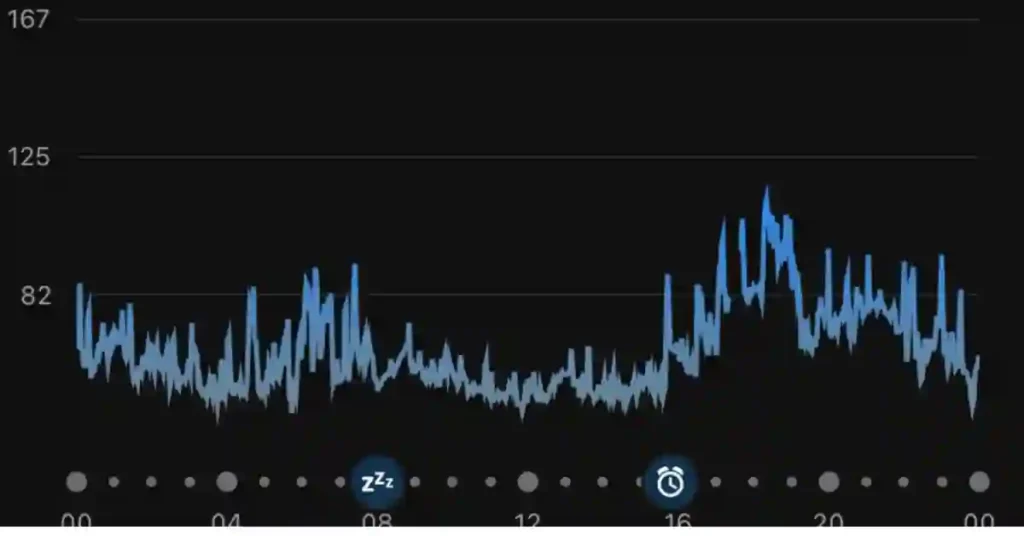
Garmin trackers prioritize health and wellness insights, offering advanced metrics and analysis to help users optimize their well-being. From stress tracking to body battery monitoring, Garmin provides valuable data that goes beyond basic activity tracking.
While Apple Watch also focuses on health and wellness, I appreciate the depth and detail of the insights provided by Garmin, which have helped me make informed decisions about my lifestyle and fitness routines. As one Garmin user shares, “The health insights from my Garmin watch have been eye-opening. I can see how my body responds to different activities and make adjustments to improve my overall well-being.”
Garmin’s health and wellness insights are designed to cater to the specific needs of each user. For instance, the company’s “Body Battery” feature provides a detailed analysis of my energy levels and recovery, helping me to optimize my training and rest. Additionally, Garmin’s “Stress Tracking” feature provides real-time data on my stress levels, allowing me to identify and manage stress more effectively.
In contrast, Apple Watch’s health and wellness features are more general and do not offer the same level of depth and detail as Garmin. While the Apple Watch can track various health metrics, it lacks the advanced features and insights that Garmin provides.
8. Compatibility with Third-Party Apps and Devices
Garmin trackers are compatible with a wide range of third-party apps and devices, allowing for seamless integration with other fitness platforms, smart home devices, and health services. This interoperability enhances the overall user experience and expands the functionality of the Garmin ecosystem.
Although Apple Watch has its ecosystem of apps and devices, I find Garmin’s compatibility with third-party services to be more versatile and accommodating of diverse user preferences. As one Garmin user notes, “The integration with my favorite fitness apps and smart home devices has made my Garmin watch an essential part of my daily routine.”
Garmin’s compatibility with third-party apps and devices is designed to cater to the specific needs of each user. For instance, the company’s “Connect IQ” platform allows me to download and install third-party apps and watch faces, expanding the functionality of my device. Additionally, Garmin’s compatibility with popular smart home devices such as Amazon Alexa and Google Assistant allows me to control my device and access various services more easily.
In contrast, Apple Watch’s compatibility with third-party apps and devices is more limited and does not offer the same level of interoperability as Garmin. While Apple Watch can integrate with various apps and services, it lacks the advanced features and compatibility that Garmin offers.
9. Focus on Fitness and Performance
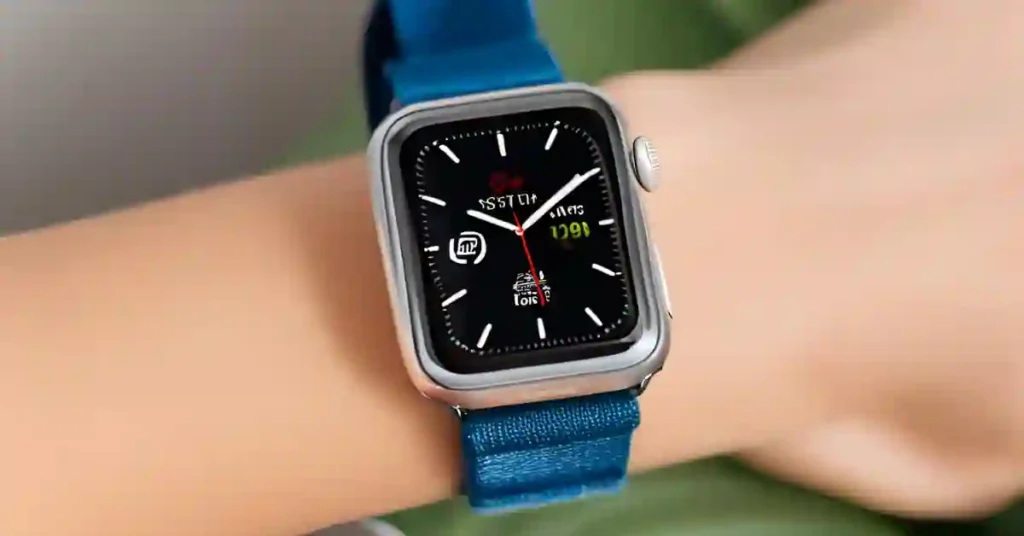
Garmin’s heritage in GPS technology and sports tracking is evident in its focus on fitness and performance features. From advanced workout metrics to training plans and performance analytics, Garmin trackers are designed to help users achieve their fitness goals and improve athletic performance.
While Apple Watch offers fitness tracking capabilities, I find Garmin’s emphasis on sports-specific metrics and performance optimization to be more aligned with my fitness objectives and training requirements. As one athlete shares, “Garmin’s focus on performance analytics has been a game-changer for my training. I can identify areas for improvement and optimize my workouts to reach new levels of fitness.”
Garmin’s focus on fitness and performance is designed to cater to the specific needs of each user. For instance, the company’s “Training Plans” feature provides personalized workout plans and training schedules, helping me to optimize my training and achieve my fitness goals. Additionally, Garmin’s “Performance Analytics” feature provides detailed insights into my performance, allowing me to identify areas for improvement and optimize my training.
In contrast, Apple Watch’s fitness features are more general and do not offer the same level of focus on sports-specific metrics and performance optimization as Garmin. While the Apple Watch can track various fitness metrics, it lacks the advanced features and insights that Garmin provides.
10. Community and Support
Lastly, Garmin boasts a strong community of users, athletes, and enthusiasts who share insights, tips, and support through online forums, social media groups, and events. This sense of community fosters motivation, camaraderie, and knowledge sharing among Garmin users, creating a supportive environment for personal growth and achievement.
While Apple Watch also has a dedicated user base, I have found the Garmin community to be particularly engaging, informative, and encouraging, enhancing my overall experience with the brand. As one Garmin enthusiast shares, “The Garmin community has been an invaluable resource for me. I’ve learned so much from other users and found endless motivation to push my limits.”
Garmin’s community and support features are designed to cater to the specific needs of each user. For instance, the company’s online forums and social media groups provide a platform for users to share their experiences, ask questions, and receive support from other users and Garmin experts. Additionally, Garmin’s events and training programs provide opportunities for users to connect with other athletes and learn from experts in the field.
In contrast, Apple Watch’s community and support features are more limited and do not offer the same level of engagement and support as Garmin. While Apple Watch has a dedicated user base, it lacks the advanced features and support that Garmin provides.
Conclusion
In conclusion, while both Garmin trackers and Apple Watch offer impressive features and functionalities, my personal preference lies with Garmin for its precision in tracking, extended battery life, specialized sports features, durability, customization options, offline mapping, health insights, compatibility with third-party apps, focus on fitness and performance, and vibrant user community.
Each of these reasons contributes to my decision to stick with Garmin as my go-to fitness tracker, providing me with the tools and support I need to pursue my fitness goals and lead an active lifestyle.
